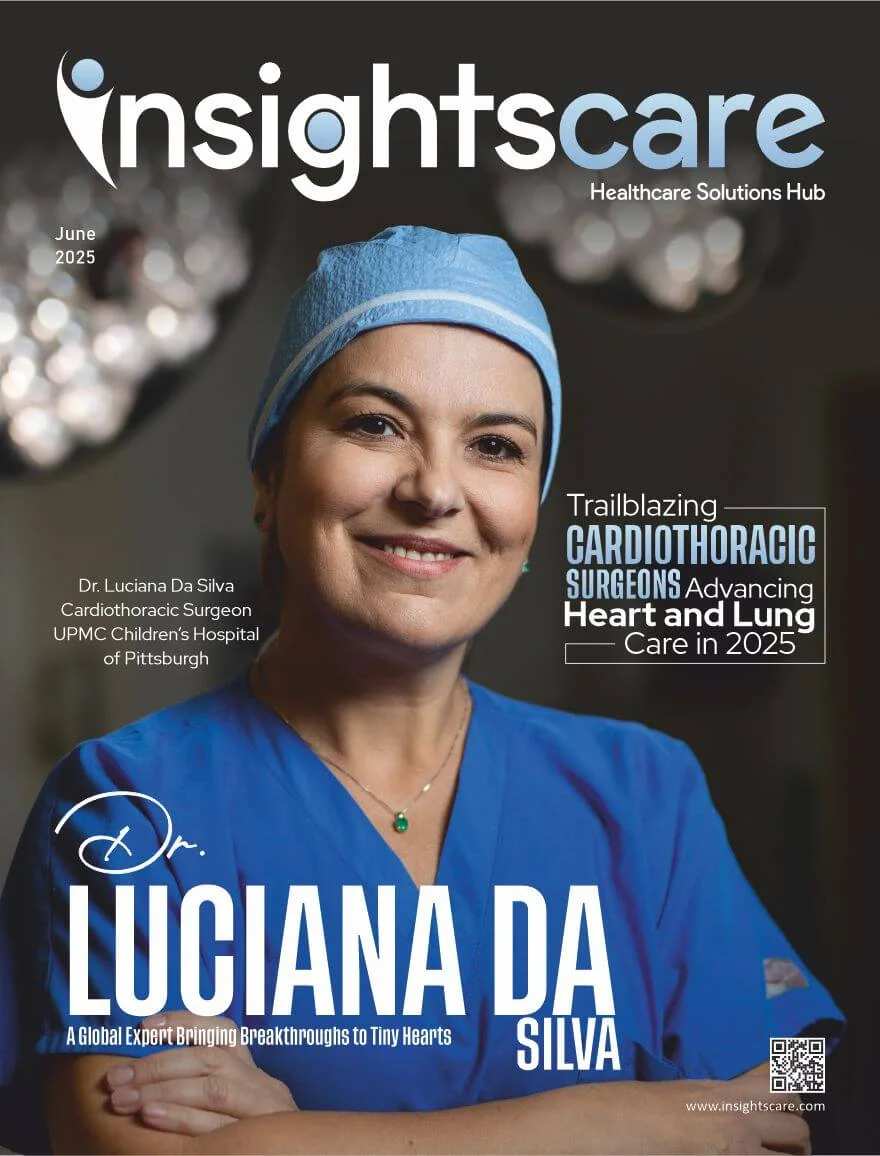In the fast-paced world of scientific research and innovation, the choice of lab space can make or break operations. For labs involved in healthcare, biotechnology, or advanced research, finding the right location isn’t just about logistics; it’s about access to talent, proximity to collaborators, and fostering groundbreaking discoveries. Both Princeton and Bridgewater have emerged as contenders in New Jersey’s competitive lab space market, offering unique advantages tailored to the needs of researchers. For those considering their options, exploring the benefits of Princeton NJ lab space for lease unveils how critical location can be in shaping the success of lab operations.
Accessibility and Collaboration Opportunities
Accessibility is one of the most critical areas through which location affects the functioning of labs. The two centers of Princeton and Bridgewater have a good network, which makes it attractive for companies to get conveniently located laboratories. Princeton, being home to the prestigious university, always boasts of a talented labor pool in the fields of science, technology, engineering, and mathematics (STEM). A readily available pool of skilled researchers because of its location near an academic giant also guarantees continuous innovation.
On the other hand, Bridgewater has its appeal to the corporate environment where it operates. It is home to several pharma and biotech companies, which provides rich opportunities to partner with many industry giants. At Princeton, students are more inclined to learn academically. Bridgewater is all about professional connections and collaboration, which can be more efficient than searching for a partner and resources for a long time. When choosing between these two places, the laboratories that want to combine academic knowledge with corporate applicability face a problem of matching priorities with objectives.
In addition, accessibility refers to the physical elements of the environment, including transportation and structures. Princeton has a robust commuter-oriented atmosphere and is located near New York City and Philadelphia. It is perfect for obtaining international talent or partners. Like most of New Jersey, Bridgewater is strategically located within the pharmaceutical hub of the region but takes a more commerce-oriented approach to the large establishments.
Cost and Customization of Laboratory Areas
Last but not least is the financial factor involved in the decision-making process of selecting a lab space. Pricing in both Princeton and Bridgewater are dependent on the individual space and the existing buildout or negotiated work letter for that space. Another factor influencing cost are the common area maintenance and utility costs. These costs differ between properties and must be considered when comparing annual occupancy costs. Labs considering the Princeton NJ lab space for rent should consider the costs against the incomparable advantages of Princeton’s academic resources and innovation-centric environment. For young start-up companies or university spin-offs, these costs could be justified on the grounds of access to Princeton University and researchers worldwide.
Bridgewater, however, also may provide options within a different infrastructure without compromising quality or convenience. With either option it’s most advantageous for businesses to spend most of their cash on research and development rather than on business costs.
Moreover, the number of customized spaces is also significant. Princeton’s lab spaces are mostly planned with innovative academic research in focus, thus providing open and collaborative areas. On the other hand, Bridgewater’s lab facilities are designed to meet the demands of the pharmaceutical industry in terms of compliance, scale-up, and specialization. Flexibility in terms of configuring space to fit certain needs can greatly increase productivity and render location a critical efficiency driver.
Community Support and Growth Potential
It is the community surrounding the lab space that determines the success of this space in the future. The students at Princeton are exposed to an environment with intellectuals from the university and cultural institutions in the town. Currently, Princeton-based laboratories receive many seminars, conferences, and academic meetings that expose researchers to current scientific advances. Also, the fact that the city cares for sustainable development and green practices enhances the new modern labs that also care for the environment.
Bridgewater’s community is not as focused on academia but it makes up for it by having solid business backing. Its relationship with big pharma companies such as Johnson & Johnson ensures it nurtures an entrepreneurial culture, making it the perfect home for young biotech firms that want to grow rapidly. Mentorship programs, funding, and access to an extensive range of corporate experience make labs in Bridgewater a good choice for success in the future.
Another component of community support is the existence of other services, including support services. Everything from specialized suppliers to waste management is available, and both Princeton and Bridgewater have robust support systems for daily lab use. However, deciding to be situated in one of these locations mainly depends on whether a lab values ideas or businesses as its primary focus.
Conclusion
Selecting a lab space location is not just a straightforward process of choosing the perfect square footage for your work—it is a strategic decision that defines almost every aspect of functionality. Princeton and Bridgewater are good examples of locations affecting access, price, design, and community engagement.
Where Princeton yields unerring access to academic minds and research and development, Bridgewater may offer a business-oriented approach emphasizing comprehensibility and corporate relevance. In the context of identifying potential innovation hubs, these dynamics help labs ready to leave their signature in biotechnology, pharmaceuticals, or healthcare research select a space that would best fit their vision.










